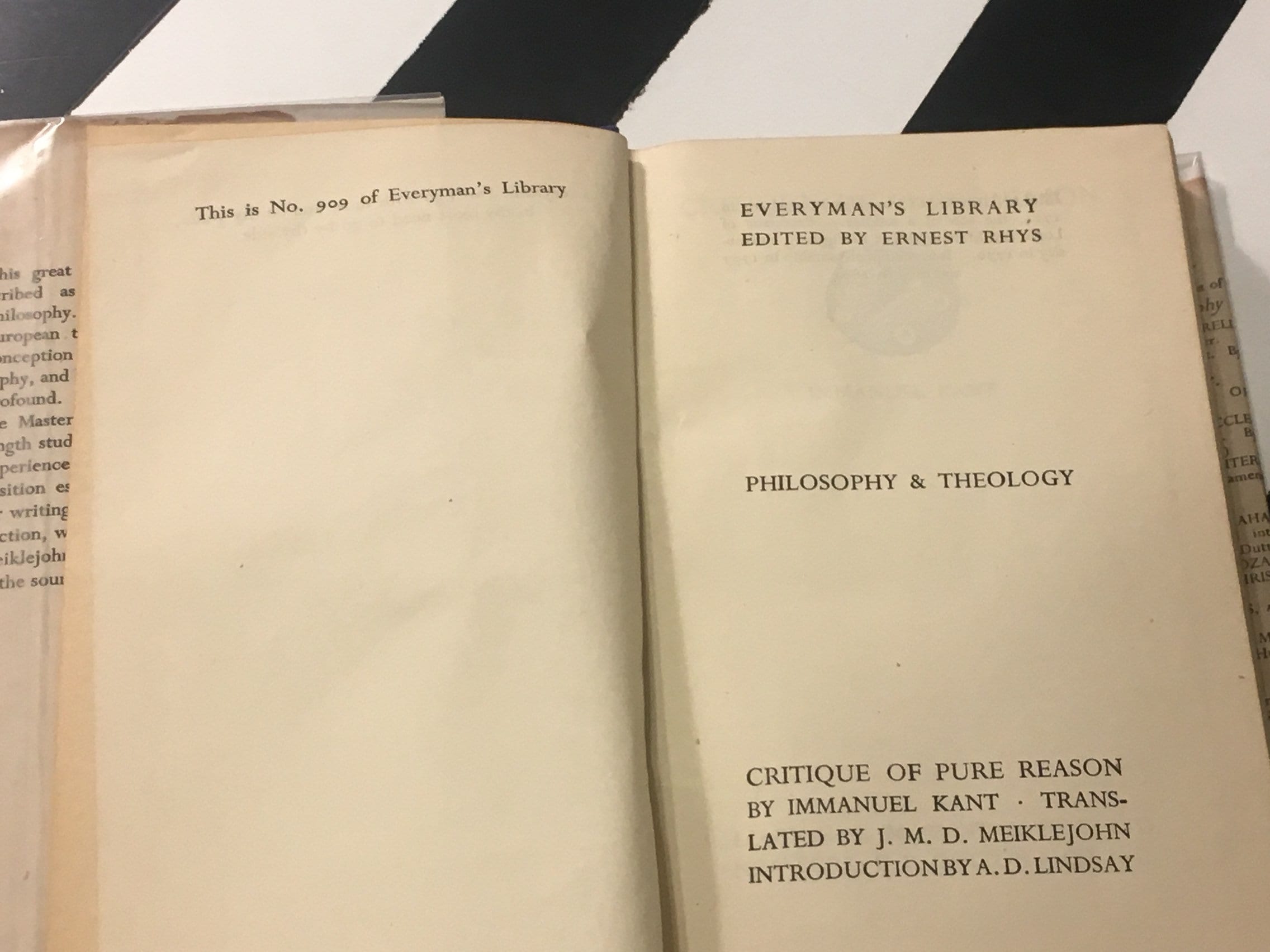
h a n k i n s o n HEGEL AND NINETEENTH-CENTURY PHILOSOPHY, edited by f r e d e r i c k c. He is the author or editor of fourteen books on Immanuel Kant and co–general editor of the Cambridge Edition of the Works of Immanuel Kant, in which he has co-edited and co-translated the Critique of Pure Reason, Critique of the Power of Judgment, and Notes and Fragments.Ĭambridge companions to philosophy ANCIENT SCEPTICISM, edited by r i c h a r d b e t t CARNAP, edited by m i c h a e l f r i e d m a n and richard creath BOETHIUS, edited by j o h n m a r e n b o n CONSTANT, edited by h e l e n a r o s e n b l a t t DARWIN, Second Edition, edited by j o n a t h a n h o d g e and g r e g o r y r a d i c k EPICUREANISM, edited by j a m e s w a r r e n GALEN, edited by r. Murray Professor in the Humanities at the University of Pennsylvania, where he has taught since 1982. Paul Guyer is Professor of Philosophy and Florence R. The book concludes with an extensive bibliography. Finally, four chapters recount the enormous influence of the Critique on subsequent philosophical movements, including German Idealism and Neo-Kantianism, twentieth-century Continental philosophy, and twentieth-century Anglo-American analytic philosophy.

Eleven chapters then expound and assess all the main arguments of the Critique.

The first two chapters situate Kant’s project against the background of Continental rationalism and British empiricism, the dominant schools of early modern philosophy. The seventeen chapters have been written by an international team of scholars, including some of the best-known figures in the field as well as emerging younger talents. The Cambridge Companion to Kant’s “Critique of Pure Reason” is the first collective commentary on this work in English. Kant started this third project in the Critique of Pure Reason, but would go on to complete it in two other works, Critique of Practical Reason and Critique of the Power of Judgment. Third, he suggests how the core beliefs of the Western metaphysical tradition that cannot be justified as theoretical knowledge can nevertheless be justified as objects of “moral faith” because they are the necessary conditions of the possibility of moral agency. Second, he delivers a devastating critique of traditional “speculative” metaphysics on the basis of his new theory of knowledge.

First, he constructs a new theory of knowledge that delivers certainty about the fundamental principles of human experience at the cost of knowledge of how things are in themselves. In this massive work, Kant has three aims. KANT’S CRITIQUE OF PURE REASON Immanuel Kant’s Critique of Pure Reason, first published in 1781, is one of the landmarks of Western philosophy, a radical departure from everything that went before and an inescapable influence on all philosophy since its publication.

T he c a m b ri d g e c o m p an i o n t o


 0 kommentar(er)
0 kommentar(er)
